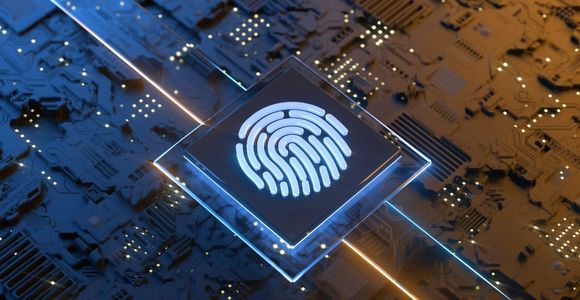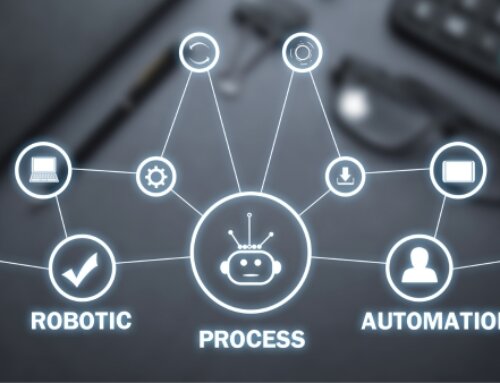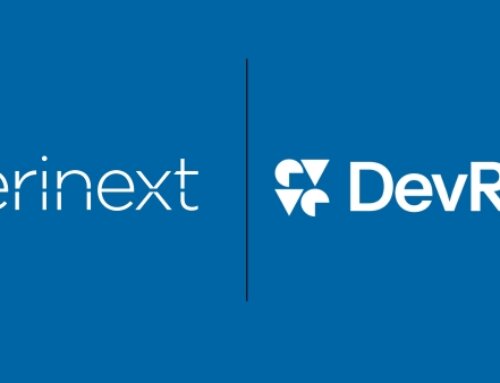The number of data breaches broke a record in 2021. According to the Identity Theft Resource Center data breaches jumped a steep 68% last year. This demonstrates that even though many companies are getting better at adding sophisticated security best practices to their environments, the risk is still earth-shatteringly high.
What is placing data at so much risk? We all are with risky behaviors such as password reuse, credential sharing and careless password storage. According to Verizon’s Data Breach Investigations Report, as many as 80% of hacking-related breaches involved the use of lost or stolen credentials. Further, as many as 35% of all breaches were due to weak or compromised credentials. That’s precisely why we say, identity is key.
Placing User Identity at the Core of Every Security Program
At Veristor, we’ve seen firsthand how a user’s identity is the core component that integrates both the fabric of business and the IT processes that span your organization’s technology stack. It’s the central unifying piece that can either put your corporate data at risk – or protect it from unwanted threats and exposure. Consider these valuable technology best practices:
- Add Layers of Protection. To protect your environment, you need to employ more sophisticated authentication techniques that take protection beyond just a password. In many cases legacy passwords are simply not enough. Consider adding layers of multi-factor authentication, certificate-based authentication or even biometric and token-based authentication to ensure that you double, and triple protect access to defend against cyber threats.
- Combine Identity Metadata with AI. A user’s identity is a key for ensuring access to all the valued information and apps needed to get work done. But this identifying key can also be the most vulnerable component of your IT infrastructure. Because there is detailed metadata associated with all the information we produce or engage with, metadata can also be used effectively to properly validate credential usage. Particularly when combined with artificial intelligence, metadata can be effectively used to help prevent unauthorized or unintended data access – a valuable tool to add a layer of identity access protection.
- Go Beyond the Password. Passwords are now also being actively replaced by password-less authentication. One way to do this it through technology for biometric authentication. Here devices can rely on physical characteristics such as a fingerprint, facial recognition or retinal patterns to verify a user’s identity. This increasingly popular form of identity authentication can simplify user access while adding a security layer that is often very difficult to circumvent.
- Protect Without Limiting Users. One of the reasons users perform such risky behavior such as password reuse and sharing is that authentication technology is perceived to be standing in their way of a productive user experience. Choose identity technologies that can give users a secure, yet seamless, sign-on experience. This will not only ensure users remain productive, but that they also adhere more readily to the identity best practices you’ve put into place and limit, even halt, those risky behaviors.
Stronger identity and access management practices are becoming a mandatory and critical security protection, particularly as organizations increasingly adopt cloud-first strategies where data and apps are stored outside of the traditionally protected confines of your on-prem infrastructure. Even more, as cyber insurance policies continue to evolve, identity authentication will become an increasingly valued security measure to prove your environment’s insurability.
Learn more about our recommended strategies for user identity management in our upcoming presentation at the 7th annual Alabama CyberNow Summit taking place on May 11 through May 13 where I’ll be joined by Veristor’s Jackie Groark and Madison Pinel for a special session, “Identity is Key.” Learn more about this annual event here.






